When the Associated Press published a graphic image of a Salvadoran father and daughter that drowned while attempting to cross the U.S.-Mexico border, the news agency faced immediate backlash.
The photo, critics argued, reduced Óscar Alberto Martínez Ramirez and his daughter, Valeria, to powerless victims, stripping the family of their human qualities. While others point to the social impact of these sort of explicit images, an emerging class of Latin American photographers is betting on the power of visual stories, told from a place of intimacy and understanding.
At the second edition of the Latin American Foto Festival, an annual photography exhibit strewn across the streets and community establishments of the South Bronx, seasoned photojournalists take a poetic and subjective approach to complex subjects that afflict the region, such as political violence, economic crisis, and mass migration.
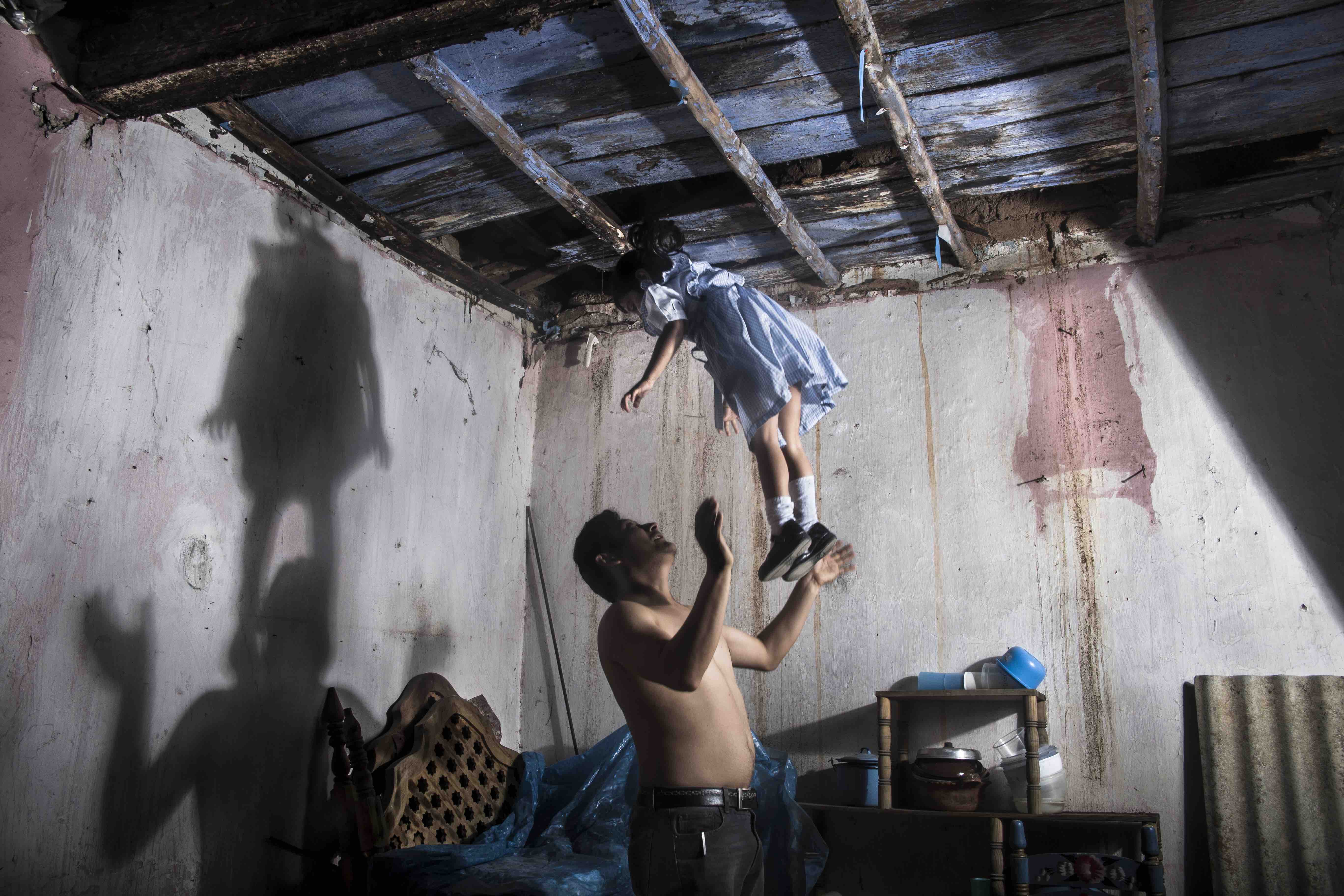
The curation process of the festival started out with a simple mission: to find series that reflected the diversity of the communities that make up the South Bronx. But during the selection process, the curators of the exhibits, the Bronx Documentary Center’s Cynthia Rivera and Michael Kamber, identified a common theme among some of the stand-out projects published this year.
“When we started thinking of projects we had seen throughout the year, a lot of these that are based on violence and immigration were more so about the psychological effects produced,” Rivera says, adding that the challenge to visualize trauma induced by long-term conflicts may have been what inspired these artists to take a less straightforward approach to their stories.
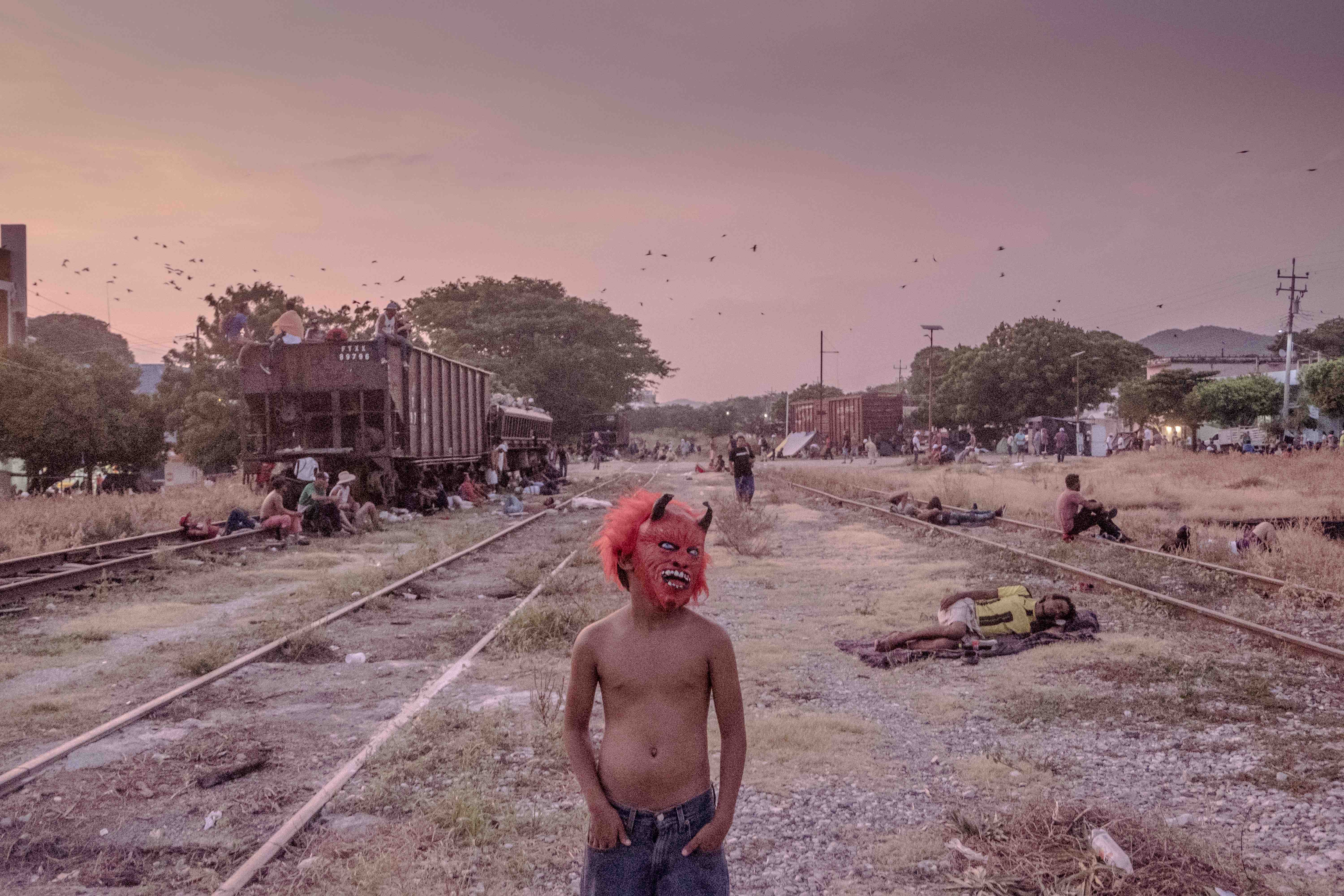
Indeed, the images on view are not what we’re used to seeing on the news. Some of the most compelling projects exhibited in the festival stem from the photographer’s personal story. Andrés Cardona, a 30-year-old photojournalist from Colombia, lost his mother, father and uncle to the armed conflict as a child. Cardona says military forces murdered them as part of a state-sanctioned campaign to suppress left-leaning activists.
“I started this project out of the necessity to tell the story of what had happened to my family, a story that had been forgotten,” Cardona says. He recalls that when he dug deeper into his family history, he discovered that state agents had extrajudicially killed at least of his 20 relatives since the 1950s.
With his Familia Náufraga series, Cardona ventures into the experimental side of photography as he tried to visually represent solitude, loss, and absence. The project draws from the images in his life that haunt him: eerie snapshots of funerals and mass graves included in his family album and recurring nightmares of him and his family drowning in a river. Remembering may be difficult, but for Cardona, bringing this story to life is “a way to dignify those who have died.”
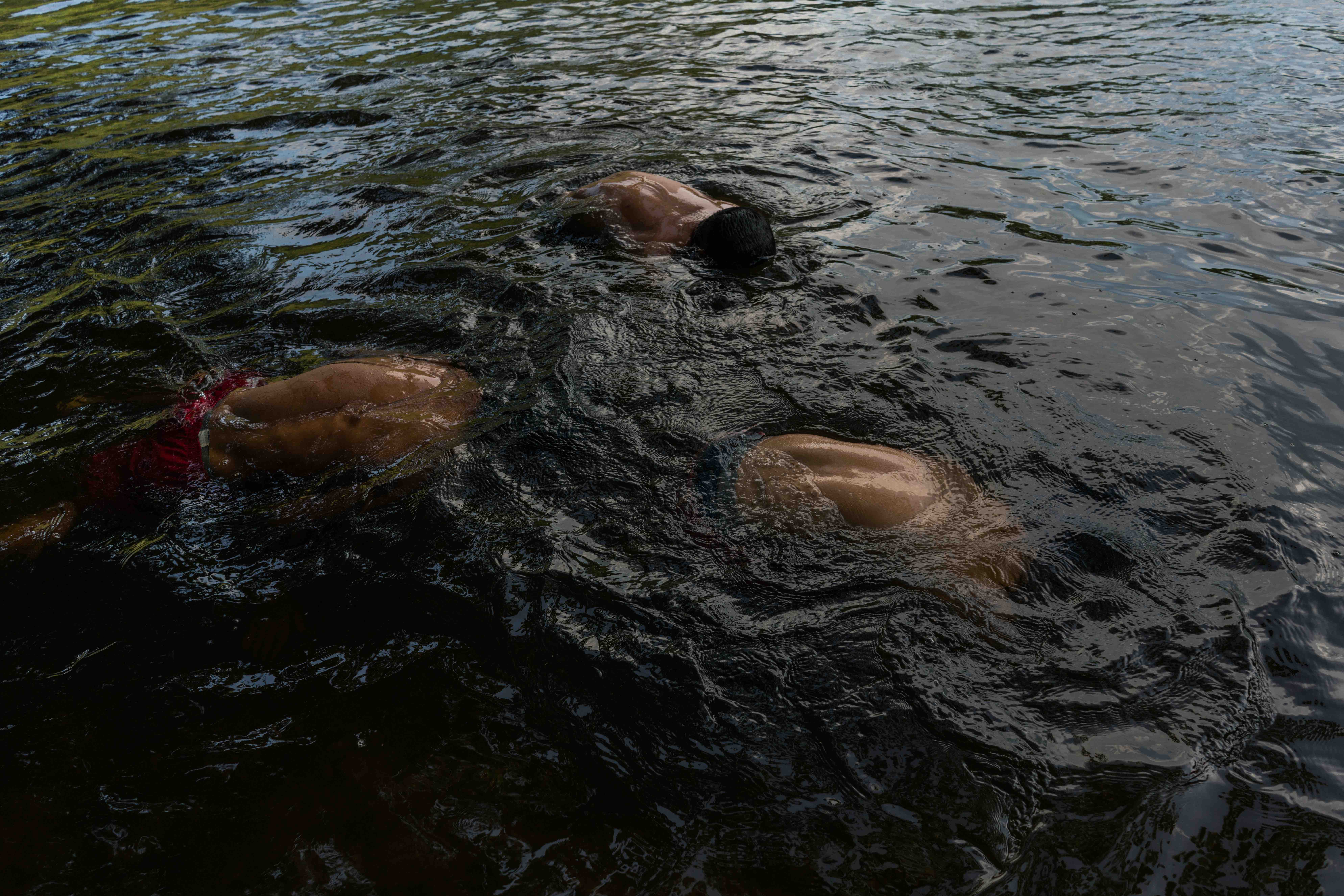
Other projects exhibited in the festival share similar moments of personal trauma. Mexican photographer Yael Martinez, who also experienced the assassination and forced disappearance of family members, chronicles the fractured lives of those who search for missing loved ones. Meanwhile, Fabiola Ferrero carefully examines the psychological toll the Venezuelan economic crisis, and its violent aftermath, has taken on her fellow countrymen.
“Even though it is really intense to put these photos out on the street and in public spaces, it is a really important subject for us to go over,” Rivera says, adding that many of the immigrant communities in the South Bronx have lived through similar experiences. “We wanted to showcase causes that people could personally relate to and make people feel more welcome.”
Rivera says that’s why they prioritized projects that represent the diversity of the Latin American and Caribbean communities that call the South Bronx home. As Rivera points out, celebrating cultural traditions and ethnic identity is another theme present throughout the exhibit, as seen in the work of Mexican photographer Citlali Fabian.
Fabian takes inspiration from her experience grappling with her Indigenous Yalatec identity to create dream-like portraits of her friends and family members. Meanwhile, Johis Alarcón uses visual metaphors to represent the spirituality and other cultural practices Afro-descendent Ecuadorians have developed as part of their resistance to slavery and racism.
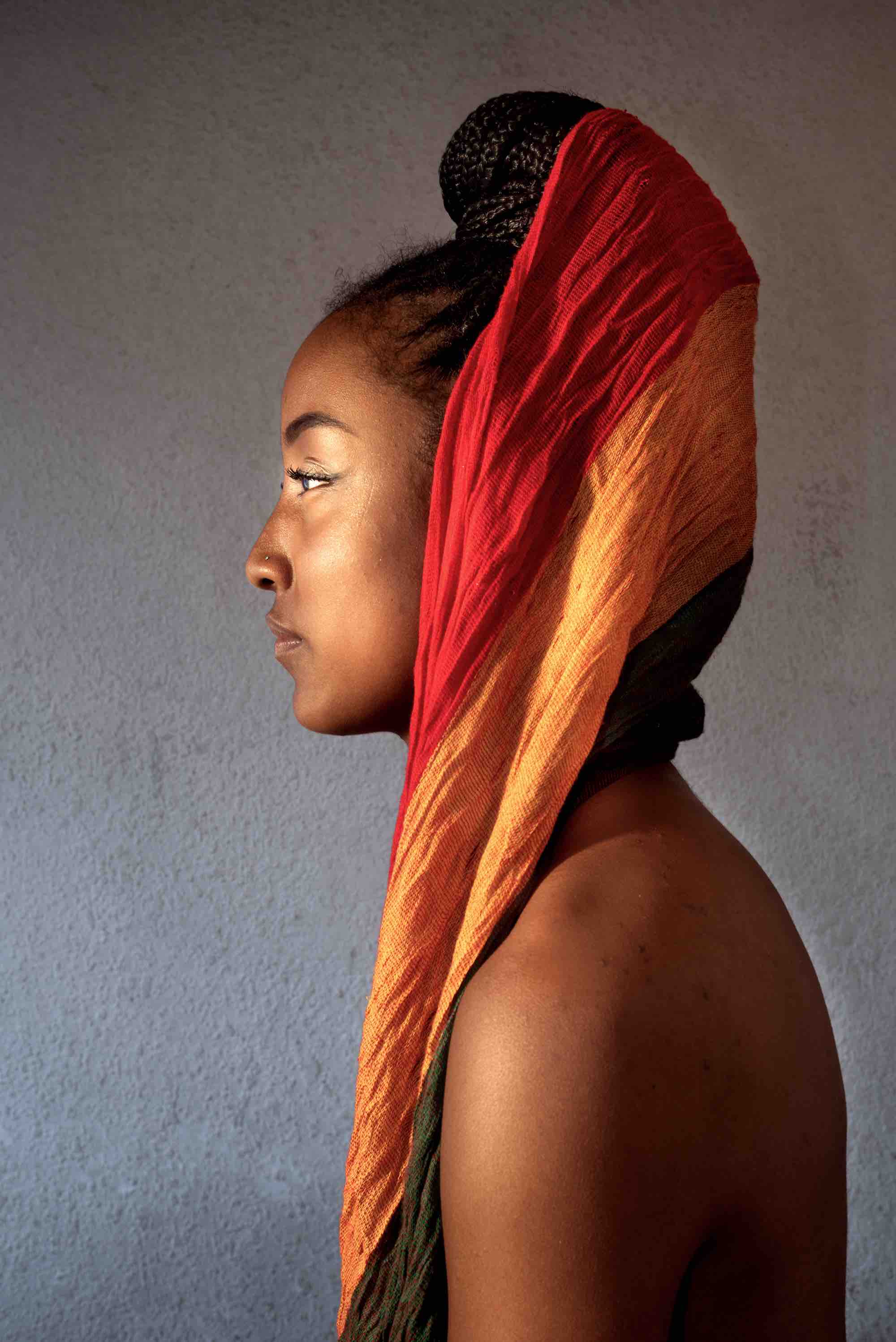
In total, the exhibit features the work of nine photographers: Johis Alarcón,Tomas Ayuso, Tonatiuh Cabello, Andrés Cardona, Citlali Fabian, Fabiola Ferrero, Christopher Gregory, Yael Martinez, Fred Ramos and Luis Soto. With photo series that span seven Latin American countries and programming that includes Spanish-language panel discussions and workshops, the Latin American Foto Festival may be the most important event for Latin American photography in the United States to date.
According to Rivera, many participants of last year’s festival have expressed to her their excitement that a platform like this exists outside of Latin America. Cardona, speaking on the phone from his home in the Caquetá province of Colombia, agrees. Not only does the festival allow Americans to see another side to Latin America, it also motivates young photographers like him to continue telling their stories.
“What’s happening right now in the Bronx is incredibly important and if anything, I would like to see more spaces like it.”
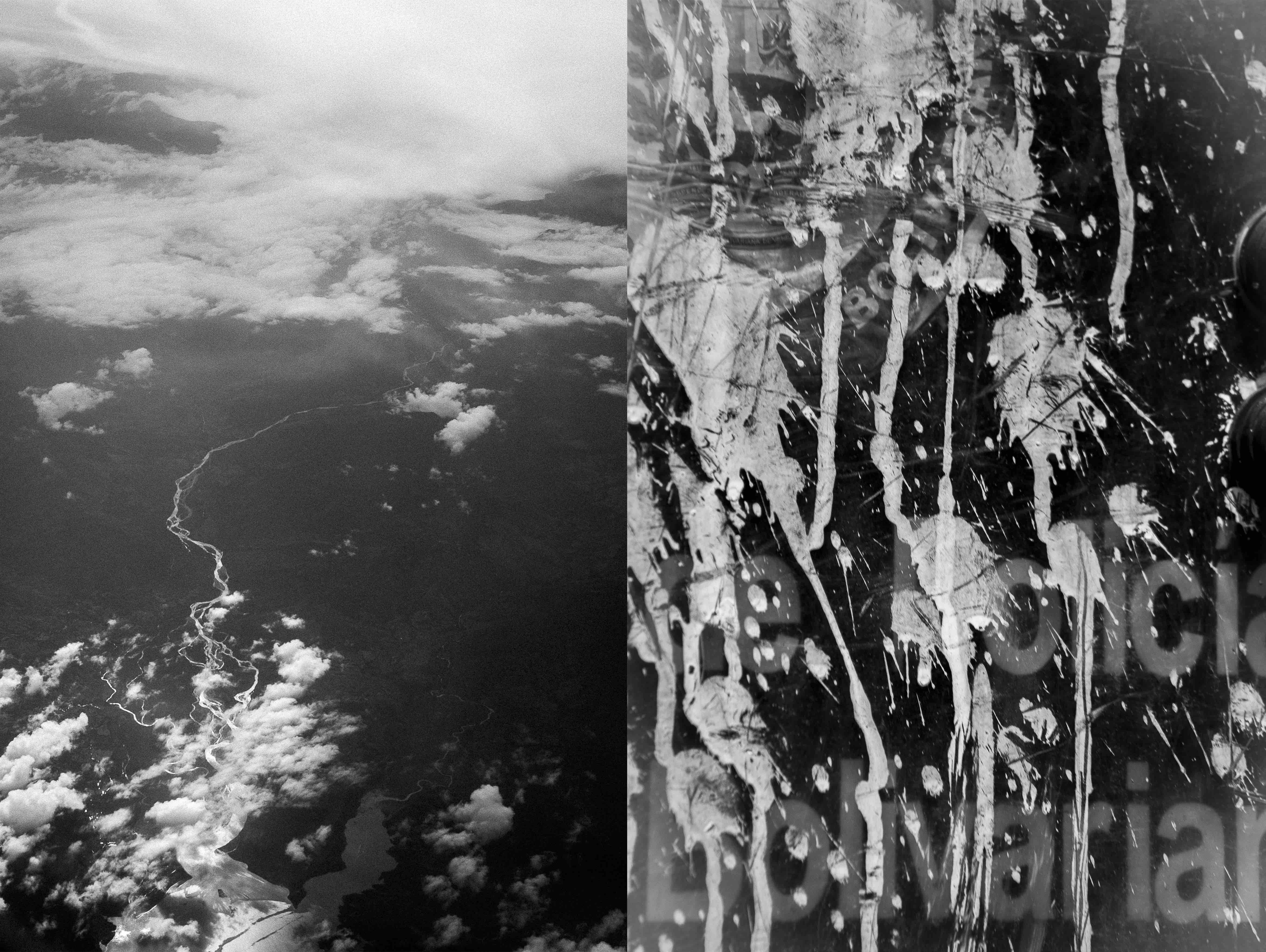
The exhibit will be on view until July 21.







